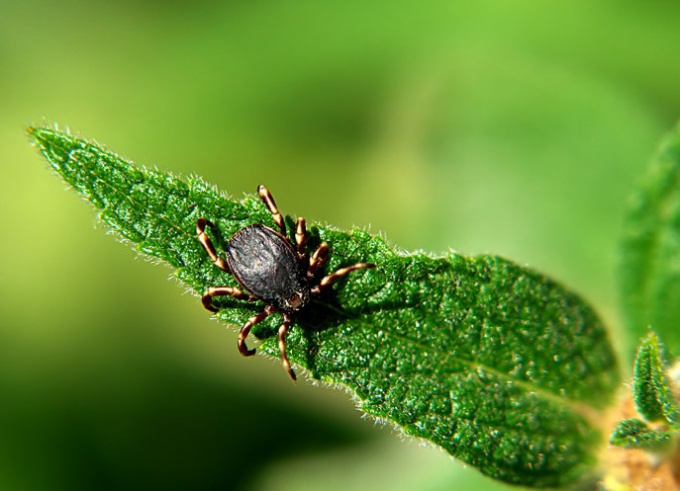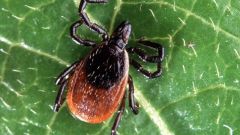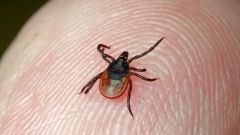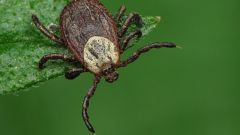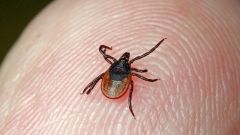Instruction
1
The regularity and rhythm of cloned animals of the class Arachnida (mites, spiders, Scorpions) depends largely on the status of external factors and of power. Ontogenesis is everything. On average, one male tick can fertilize several females. After this he will die. Interestingly, fertilized ticks more to the point, as you start to suck blood from people and animals. However, it should be drunk after fertilization until the moment of oviposition. It usually lasts for 5-10 days.

2
The period when female ticks are most active, falls on may. Sucked during this period, blood, females lay several thousand eggs. It happens in early July. For once the female tick can lay from one to five thousand eggs. They will be low above the ground (plants, grass).

3
Emerged larvae looking for a host – any vertebrate animal, allowing them to feed on blood within 2-5 days. Then sucking maggots fall away from the animal directly into the soil. There they begin to molt and gradually turn into nymphs. In order to become an imago (adult), grubs again necessary to find a host and stick to it. Larvae, which hatch in late summer, can live until the spring.
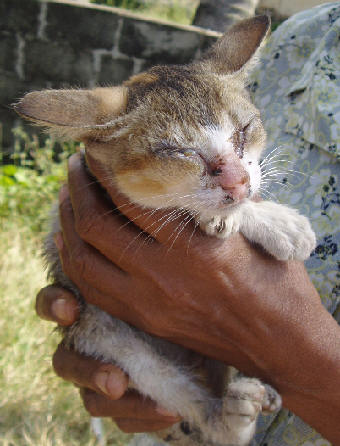
4
If you translate all of the above at the numbers, it turns out that the development period of one cycle of the ticks starting from laid by the female egg and ending with a fully grown adult is on average around 2 years. And again it is worth remembering about the external factors affecting the reproduction and development of mites: in areas with a hot climate, the period of development of larvae to imago lasts only six months! Scientists have found that the maximum duration of all the necessary stages of development of the tick under adverse conditions can be from 7 to 8 years.

5
The problem of the reproduction of mites is that, on the one hand, the two intermediate stages (larva and nymph) require them to feed on blood, but on the other hand, pliers are so well adapted to survive in the modern world that can easily do without blood for a long time. They don't even die without food.

6
But not everything is as rosy as it might seem at first glance. The fact that in some regions of the globe natural factors are not allowed to develop ticks as it should. For example, the widely known female ticks can lay in the ground (not the plants) to 17 thousand eggs! However, the complex external factors, and the ontogeny destroy the vast majority of eggs, larvae, nymphs. Adult to adult stage live only one.
